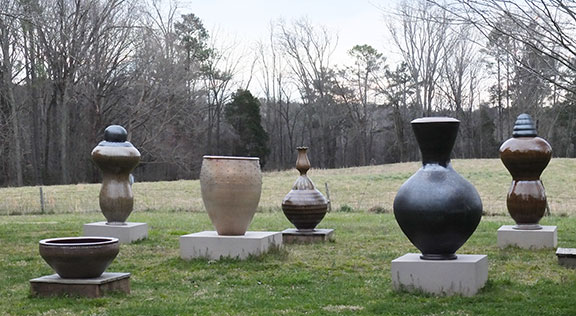We expected change and unexpected circumstances when Rob retired from his teaching career at The Dalton School last fall. He returned to a schedule of his own making, and returned to making art, along with painting the house, getting the furnace fixed, and making sauerkraut. His exploration of ideas took hold, generating a series of large drawings and experiments with printmaking. Then we were approached by an unexpected circumstance beyond all imagining. Rob has been invited to teach at the China Academy of Art in Hangzhou, China for the entire month of April. This April.
Clarifying what this might mean has taken several months. But last week when Rob sent off his carefully crafted curriculum and request for materials, some solidity began for him. Of course he will not know anything for certain until he meets his students and his interpreter. Then much more will become clear. 3-D abstract modeling in the School of Public Art, for third year students, 5 afternoons a week will definitely define itself!
We applied for visas at the Chinese consulate, at the end of West 42nd Street where it meets the Hudson River. Miraculously a security guard from Brooklyn shepherded us through our nervousness, and guided us through the finicky process. Yesterday we picked up our visas and celebrated by buying more gifts for people we have yet to meet.
My sore arm from the tetanus booster, beeping reminders on my calendar for us to take our every-other-day typhoid pills, the two new Osprey carry-on bags being held for us at REI, all speak to our new reality. Pillow talk as we went to bed last night: "A week from now we will still be in the air, in fact for 3 more hours ..." We arrive in Shanghai next Friday afternoon. Since we do not know if we can blog in this format from Hangzhou, we will also set up a new blog: http://journals.worldnomads.com/chinaho/ Find us here and there.



































